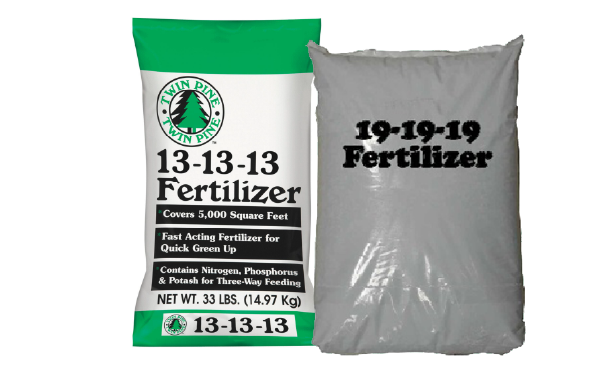- Home
- A Guide to Food Plots
Select an area that will get at least 4 hours of sunlight per day. Areas that have full sunlight will allow the plants to produce more forage.

Take a soil test to determine the pH level of the plot. This will help you determine how much lime you should apply to your soil later in step 4.
Soil tests currently available in store only.

If there are existing weeds in your plot area, it is important to eliminate them with the use of a glyphosphate chemical such as RoundUp®. Prior to planting, it is not necessary to spray a weed killer in a newly graded area or an area that does not have weds. Instead, spray on a great soil conditioner. Doing so will help maximize your food plot performance.
TIP: After spraying RoundUp®, wait seven days before tilling. Keep in mind a soil conditioner can be mixed in with any chemical weed killer and applied at the same time.
Based on the results of your soil test, you'll want to apply enough lime to your soil so that the pH level reached 6.0 - 7.0. Raising the pH in your soil allows plants to fully utilize fertilizer that you spread on your plot. Lime comes in several forms. Agricultural lime, which delivers in bulk, and peletized lime, which comes in bags.
If you choose not to take a soil test, we recommend spreading 500 lbs. of pelletized lime per 1/4 acre plot.
Spread 50-75 lbs. of 13-13-13 or 19-19-19 fertilizer on your plot. This provides food to plants for proper root development and continued growth. After plants emerge, fertilizer can be used to supply plants with food and promote further growth. This will maximize the tonnage of forage in your plot as well.
TIP: Fertilizer bags have a three number sequence. The first number represents Nitrogen, the second represents Phosphorus, and the third number represents Potassium.
Tilling is used to work the lime, fertilizer, and soil conditioner into the soil. Proper tilling with the use of implements such as a disc, rotary tiller, or harrow, will work up the top 4 to 8 inches of soil. This created a perfect seed bed to allow more seeds to germinate, creating maximum tonnage on your plot.
No equipment? No worries, go ahead and skip this step.
Broadcast seeds in your plot area. Making good seed-to-soil contact will ensure more seeds germinating and ultimately provide a thicker food plot with more plants for the deer to consume. For smaller seeds, it is best to cultipack or roll your plot (doing this creates a firm seed bed). Next, broadcast your seed and cultipack or roll again, which creates proper seed-to-soil contact. Small seeds need to be less than a 1/4” deep when planted. For larger seeds, use a planter, drill, or pull behind spreader to dispense seeds. Then, drag the seeds to lightly cover them. Plant these larger seeds 1/2” deep.
No equipment? No problem! If you’re broadcasting without equipment, one helpful trick is to broadcast prior to rain as the rain will help ensure better seed-to-soil contact.
Your food plot will get a lot of grazing pressure from the resident deer herd. As long as you maintain enough forage on your plot, you will continue to attract deer to your plot and keep them on your property. Using fertilizer is a simple and effective way to provide plants with food to ensure continued growth. To maximize tonnage on your food plot, wait until the plants are at least 3 inches high before fertilizing again.
Photos taken and shared by one of our Harrison, OH customers.

Find us on social media with our quick links below.





